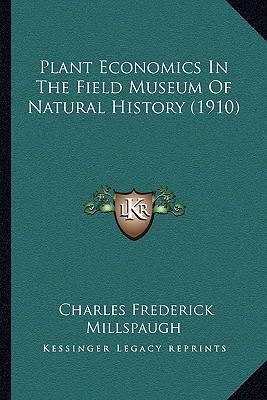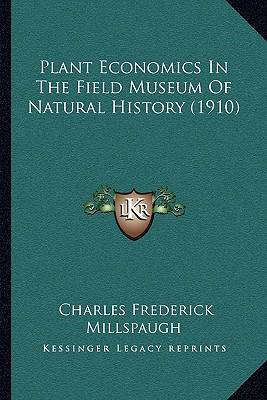
- Afhalen na 1 uur in een winkel met voorraad
- Gratis thuislevering in België vanaf € 30
- Ruim aanbod met 7 miljoen producten
- Afhalen na 1 uur in een winkel met voorraad
- Gratis thuislevering in België vanaf € 30
- Ruim aanbod met 7 miljoen producten
Zoeken
Plant Economics In The Field Museum Of Natural History (1910)
Charles Frederick Millspaugh
Paperback | Engels
€ 25,95
+ 51 punten
Omschrijving
Plant Economics In The Field Museum Of Natural History (1910) is a book written by Charles Frederick Millspaugh. The book is a comprehensive guide to the economic uses of plants, including their medicinal, culinary, and industrial applications. The author draws on his expertise as a botanist and curator of the Field Museum of Natural History in Chicago to provide a detailed overview of the economic value of plants. The book is organized into chapters that cover topics such as plant fibers, oils, resins, and gums, as well as medicinal and poisonous plants. Each chapter includes detailed descriptions of the plants, their uses, and their economic importance. The book also includes numerous illustrations and photographs of the plants, making it a valuable resource for botanists, naturalists, and anyone interested in the economic uses of plants. Overall, Plant Economics In The Field Museum Of Natural History is a fascinating and informative book that provides a unique perspective on the economic importance of plants in our daily lives.This scarce antiquarian book is a facsimile reprint of the old original and may contain some imperfections such as library marks and notations. Because we believe this work is culturally important, we have made it available as part of our commitment for protecting, preserving, and promoting the world's literature in affordable, high quality, modern editions, that are true to their original work.
Specificaties
Betrokkenen
- Auteur(s):
- Uitgeverij:
Inhoud
- Aantal bladzijden:
- 56
- Taal:
- Engels
Eigenschappen
- Productcode (EAN):
- 9781166147815
- Verschijningsdatum:
- 10/09/2010
- Uitvoering:
- Paperback
- Formaat:
- Trade paperback (VS)
- Afmetingen:
- 152 mm x 229 mm
- Gewicht:
- 86 g

Alleen bij Standaard Boekhandel
+ 51 punten op je klantenkaart van Standaard Boekhandel
Beoordelingen
We publiceren alleen reviews die voldoen aan de voorwaarden voor reviews. Bekijk onze voorwaarden voor reviews.











